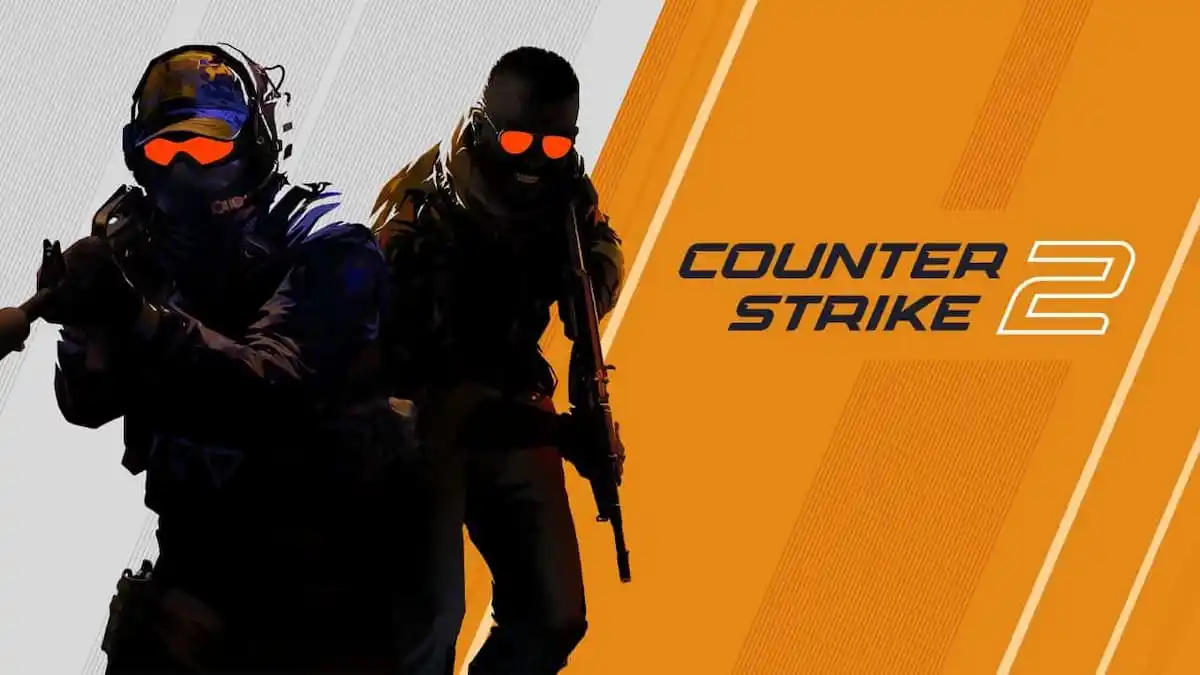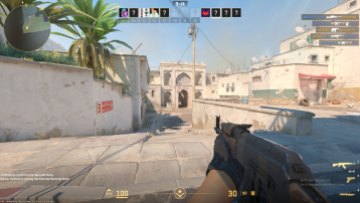Counter-Strike 2 (CS2) is the latest installment in the heavily competitive Counter-Strike franchise. You may have heard something about the tick rate changes of the game, and wondered what on Earth they are, and if they impact you. They probably won’t, but it’s worth knowing about them. All the veterans of the franchise will be very pleased with the changes they’ve introduced to the game, where in a competitive scene, every millisecond counts. Here is an explanation of tick rates, and if the changes will affect you.
What are tick rates in CS2?
When playing an online match in CS2, and in any online game for that matter, each players’ inputs are uploaded to the server. Each shot you land and each bullet you miss are calculated and dictated by the input times on the servers. The lower the tick rate, the less responsive the gameplay is, leading to frustration. The tick rate of CS:GO was 64Hz, but there were third-party servers that could hold 128Hz, which made using them much more attractive, pulling people from native servers.
As a competitive player, there’s nothing worse than the tick rate working against you, discarding any sort of skill from the engagement. Truly, those milliseconds could matter in certain matches.
The official tick rate of CS2 is still 64Hz, when players were hoping they’d be upped to 128Hz. But with these new changes, that may not really matter anymore.
Related: How to show FPS in CS2
What are the changes to tick rates in CS2?
The developers, instead of increasing the tick rate, have introduced ‘sub-tick updates’, removing the relevance of tick rates for moving and shooting. This incredible upgrade means that the servers know exactly and precisely when each player inputs a command. With player actions being recorded between ticks, the tick rate has been rendered useless. This will lead to incredible accuracy, and as Valve puts it themselves, ‘what you see is what you get’. There will be no more disputes over server responsiveness thanks to these changes.
For a more visual explanation, you can check out Valve’s explanation and announcement of the tick rate changes.
What does this mean for me?
A veteran may be able to detect these changes instantly, and may be pleased with the increase responsiveness, but to a more casual player like me, the practical change might not get registered. The quality of your PC might also make the changes nearly invisible, as your PC handles the game well. Just be comfortable in the knowledge that tick rates won’t be working against you, and if you die, it is indeed a skill issue (or a dodgy connection).
I hope you enjoyed our breakdown of tick rates in CS2. If you want even more CS2 assistance, look no further than PC Invasion.







Published: Sep 30, 2023 09:34 am